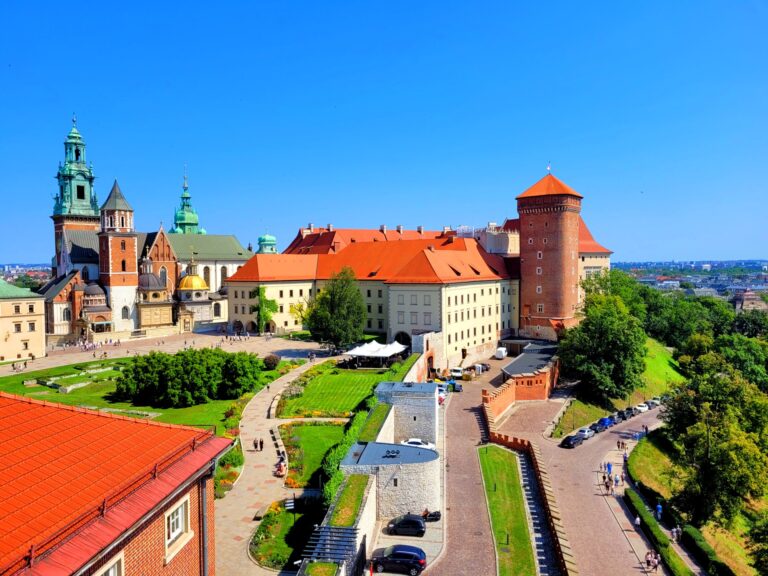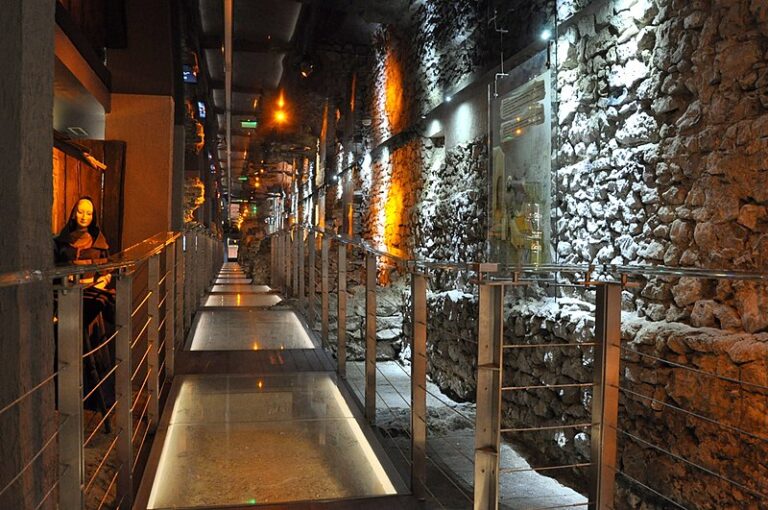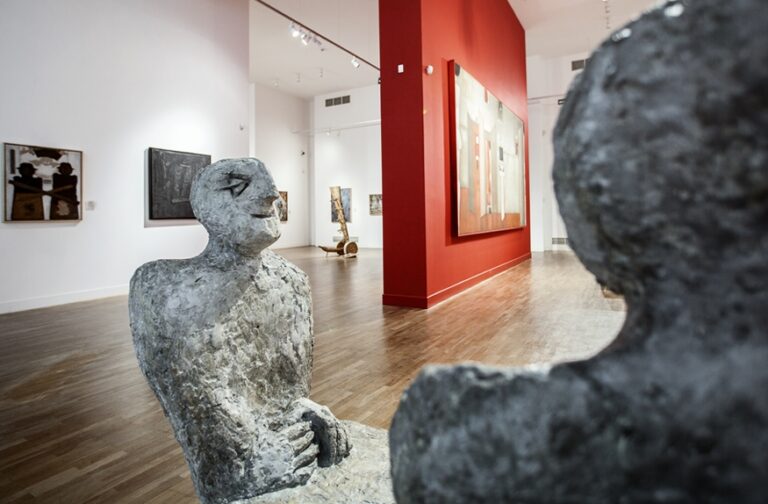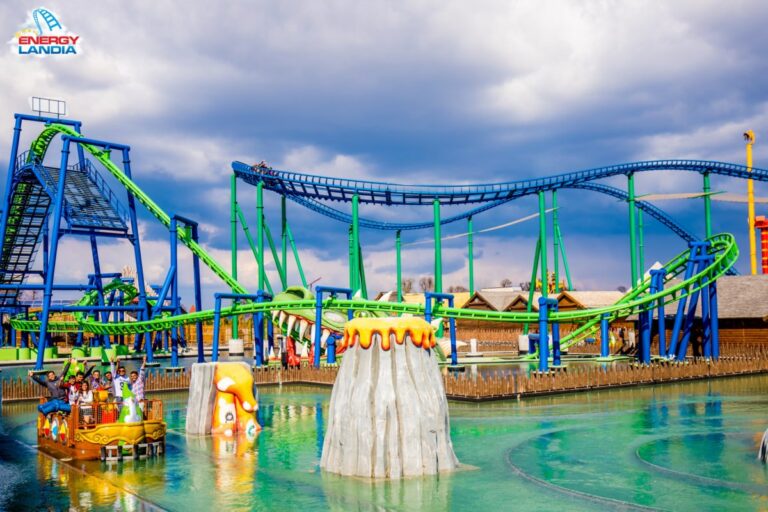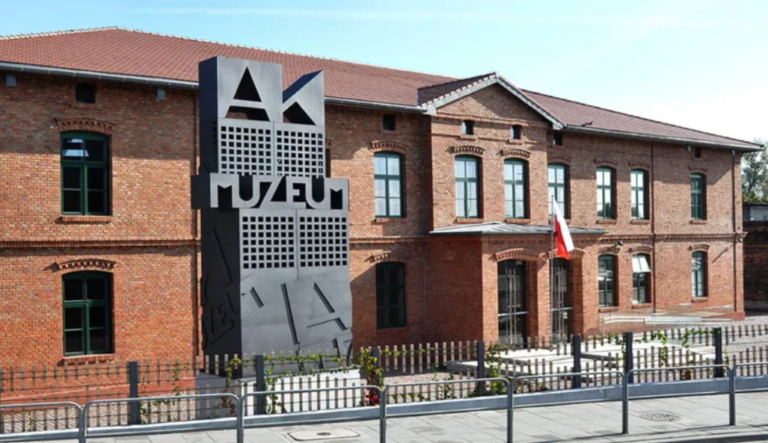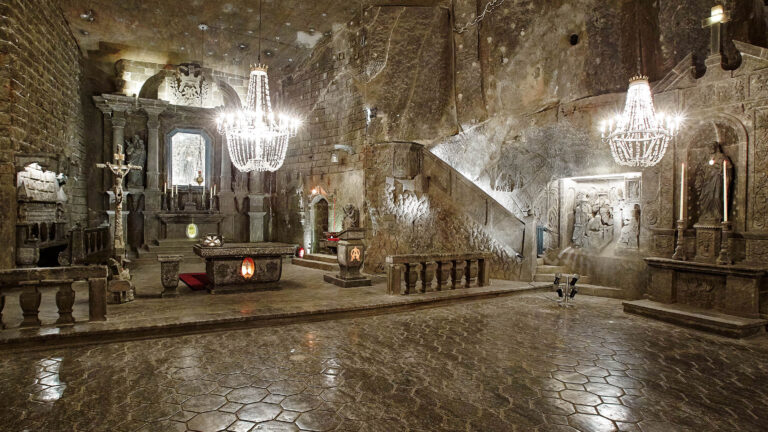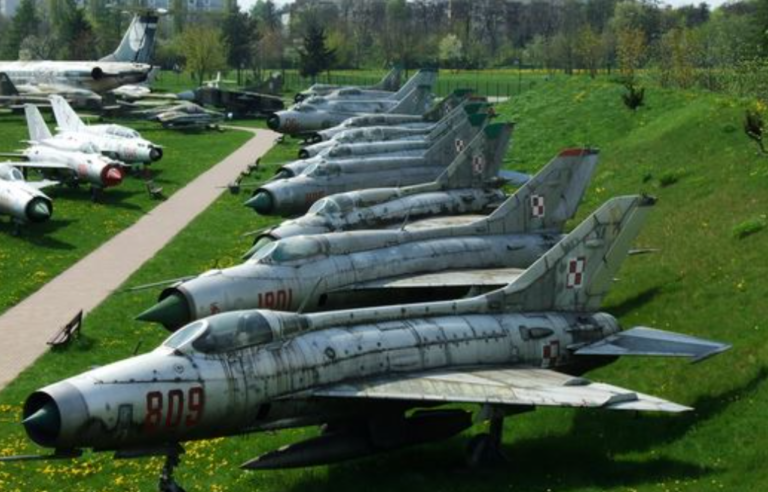Oskar Schindler’s Enamel Factory

Oskar Schindler’s Enamel Factory
How to get to Oskar Schindler’s Enamel Factory
Schindler’s Factory is located in the Zabłocie district of Krakow, at ul. Lipowa 4. From the city center, e.g. from Rynek Główny, it takes about 30-40 minutes to get there. The walk leads through the picturesque streets of Krakow, and along the way you can admire many monuments and tourist attractions.
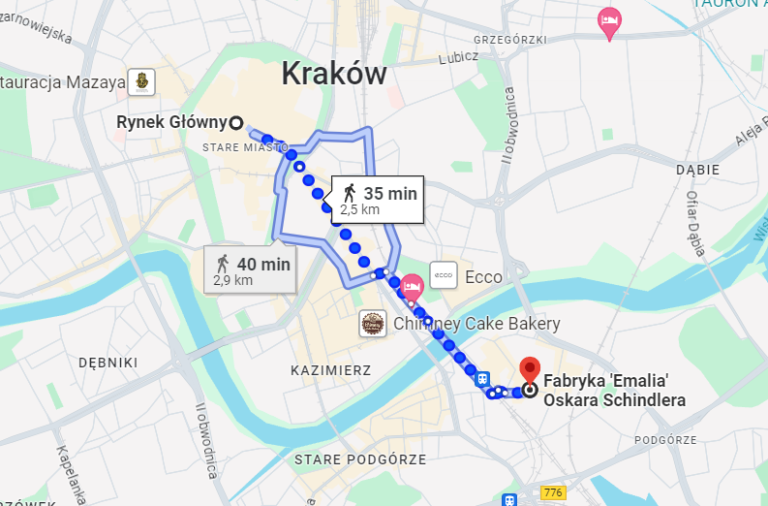
Schindler’s Factory can be reached by car, heading towards the Zabłocie district. On-site parking facilities are available:
- Parking, Lipowa 4D , 30-701 Kraków – distance from the Factory „Oskar Schindler’s Enamel is only 270 meters long.
- 24h parking ul. Dajwór 12, 31-052 Kraków, 24-hour parking, paid. 1.6 km away from Oskar Schindler’s „Emalia Factory. span>
You can also park on nearby streets, but please note that Krakow has paid parking zones.
Schindler’s factory is well connected to the rest of the city. Thanks to public transport connections, you can easily and quickly reach the museum from various parts of Krakow.
- From the Main Square, tram lines 3, 24, 50. The final stops are Zabłocie and Plac Bohaterów Getta.
- From the Main Railway Station, KMŁ Tunnel towards Tarnów. The final stop is Kraków Zabłocie and the journey takes about 10 minutes.
- From Dworzec Główny Wschód and Zachód KMŁ, SK1, SK2. The final stop is Kraków Zabłocie.
The full public transport timetable can be found on the website www.jakdojade.pl

What exhibitions will you see in Oskar Schindler’s Enamel Factory
Kraków – occupation period 1939-1945 – The exhibition presents the fate of Krakow and its Polish and Jewish inhabitants during World War II. It shows the activities of the German occupiers who brutally interrupted the centuries-old history of coexistence of various communities in the city.
The central point of the exhibition is the story of Deutsche Emailwarenfabrik and its owner, Oskar Schindler. Visitors have the opportunity to see his office and the “ark of survivors” – an installation made of pots produced in the factory during the war. The exhibition was designed in a way reminiscent of theater and film scenography. Visitors can stroll through reconstructed parts of the city, such as the cobblestone streets, the Jewish ghetto and the Płaszów camp. The exhibition consists of 45 different spaces using modern multimedia technologies, including interactive touch screens and sound tracks. Key moments in the city’s history are marked with special “memory machines”. The whole thing ends with an installation titled “Choice Hall”, which symbolizes the ethical dilemmas and choices of people in times of war.
Crime spiral. Krakow’s inhabitants on death postersavailable 25/05/2024 – 01/06/2025 It presents the tragic fate of the inhabitants of Krakow who found themselves on the so-called “death posters” during the German occupation. In the autumn of 1943, the Germans began to publicly post announcements with the names of people sentenced to death, intended to intimidate the local population. The exhibition includes original posters, memorabilia of the murdered, documents and testimonies of the victims’ families. It focuses on the period of German occupation, from September 1939 to January 1945. The exhibition ends with segments devoted to the memory of the victims and post-war processes, reaching back to modern times.
Fabryka Emalia Oskar Schindlera< /span>, has its origins in 1937, when it was founded as the “Rekord” Enamel Dishes and Tin Products Factory. The company was originally located at ul. Romanowicza 9, but in January 1938 it moved to a new building at 4 Lipowa Street in Kraków’s Zabłocie district. In November 1939, German entrepreneur Oskar Schindler took control of the factory, which was then bankrupt. He soon changed its name to Deutsche Emailwarenfabrik (DEF) and began its expansion.
During World War II, Schindler employed Jewish workers in his factory, thus saving them from deportation to extermination camps. Thanks to his efforts, approximately 1,100 Jews avoided death, which was made possible by the creation of the famous “Schindler’s List”. In 1944, due to the approaching eastern front, Schindler evacuated the factory to Brněnec in the Czech Republic, where the employees survived until the end of the war.
After the war, the factory was taken over by the state treasury, and in 2005 by the city of Kraków. In 2007, it was decided to divide the building between the Historical Museum of the City of Krakow and the Museum of Contemporary Art.
Oskar Schindler’s Enamel Factory Google reviews:
Touring Oskar Schindler’s Enamel Factory z dziećmi
Due to the content presented, the Museum is intended for children from 14 years of age. There are elevators and toilets with changing tables available in the Museum.
Children can enjoy interactive attractions and special educational programs adapted to their age. The museum also organizes workshops and educational classes that present history in an accessible way. However, please remember that some of the content presented may be inappropriate for children and it is recommended that the Museum be visited by children aged 14 and over.
Young people can take full advantage of the museum’s offer. In addition to visiting exhibitions, they can take part in special museum lessons, workshops and meetings with historians.
Frequently Asked Questions
- Monday 10:00 – 14:00,
- Tuesday – Thursday 9:00 – 19:00,
- pFriday – Sunday 9:00 – 20:00,
- first Tuesday of the month – closed.
Yes, the Museum is adapted for visitors with physical, visual and hearing disabilities. There is an elevator in the building.
Yes, you can take photos and videos in the Museum, remembering to turn off the flash.
Yes, educational activities are organized for various age groups.
Visiting the entire Museum takes approximately 2 hours.
You can only enter the Museum with a guide dog for people with disabilities.
Yes, the Museum can be visited with a professional guide.
Yes, there are toilets in the Museum that are also adapted to people with disabilities.
Oskar Schindler’s Enamel Factory
Currently, Schindler’s Factory is one of the most important branches of the Historical Museum of the City of Krakow. The main permanent exhibition, titled “Kraków – the time of occupation 1939-1945”, offers an insightful look at life in Krakow during the German occupation. Visitors can learn about the tragic fate of the city’s inhabitants. The exhibition is divided into several segments that cover various aspects of everyday life and underground activities. In addition to the permanent exhibition, the factory also houses temporary exhibitions. Schindler’s Factory is also part of the Krakow Technology Trail, which makes it a place of not only historical, but also technological and educational importance.
